How to use photoluminescent and photochromic compounds in dyes?
Photochromism and photochromic compounds In 1867, Fritsche discovered that yellow tetracene faded under the influence of light in air and regenerated upon heating. In 1876,
Photochromic pigment changes color when exposed to sunlight or UV light, and reverts to the original color when removed from the light.
Color conversion: from colorless to colored, from one color to another color.
It can be used in making photoluminescent products, including paint, printing ink, printing paste, plastic, etc. Photochromic pigment is suitable to be printed on various kinds of material, such as fabric, paper, synthetic film, glass, ceramics, paper, metal, plastic injection and extrusion, etc. Create color changing T-shirts, caps, clothing, beads, etc.
Home > Powdered Pigments > Color Shift Pigment Powders > Photochromic Pigment Powders
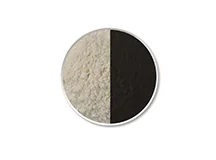
black cb-11
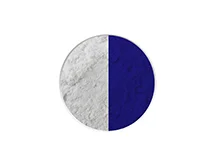
blue cb-09
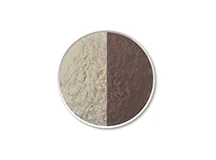
brown cb-05
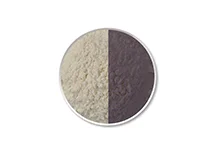
coffee cc-10
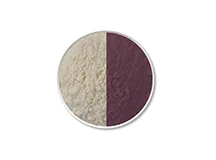
dark purple cdp-04
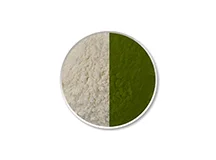
green cg-07
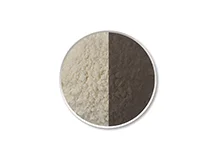
grey cg-06
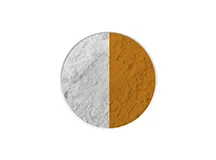
orange co-13
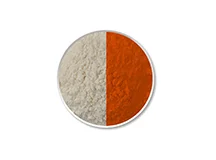
orange-red cor-03
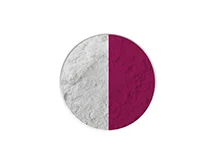
pink cp-02
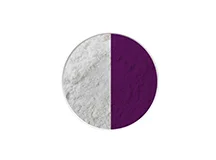
purple cp-15
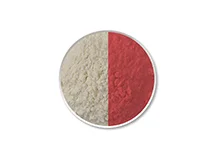
red cr-01
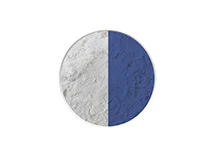
sky blue csb-08
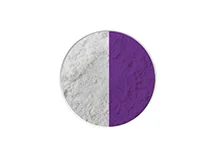
violet cv-12
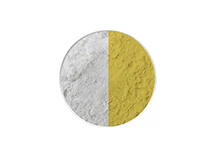
yellow cy-14
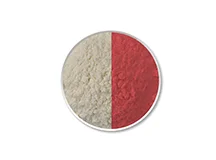
red kb-01
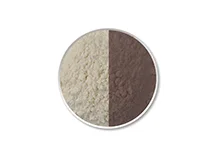
brown kb-04
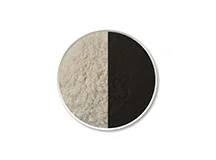
black kb-06
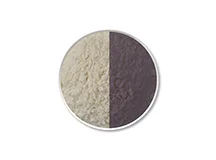
coffee kc-03
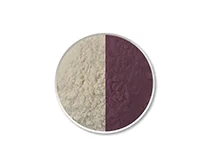
dark purple kdr-07
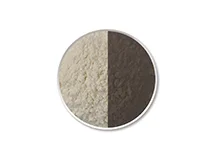
grey kg-05
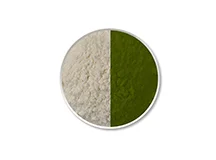
green kg-08
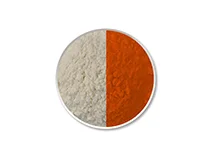
orange-red kor-02
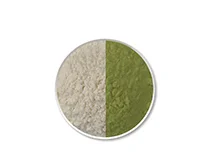
yellow-green kyg-09
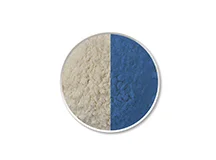
blue ub-13
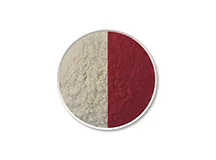
dark red udr-14

gree ug-04
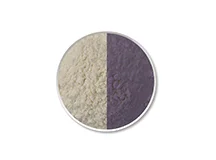
grey ug-10
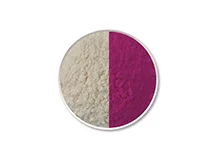
dark purple cdp-04
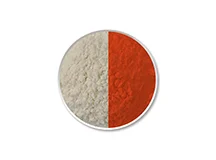
orange uo-18
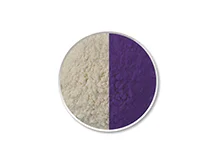
purple up-19
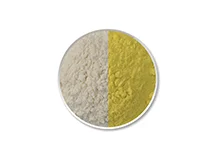
yellow uy-01
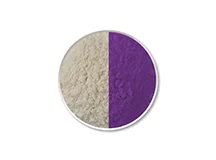
viulet uv-12
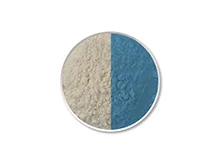
sky-blue usb-17
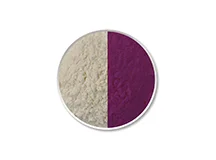
rose purple urp-11
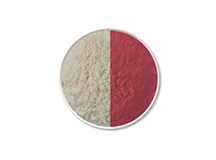
red ur-15
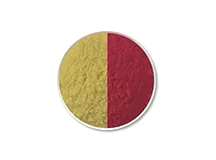
yellow-red uvyr-10
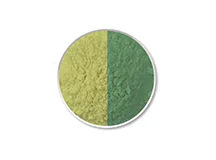
yellow-green uvyg-17
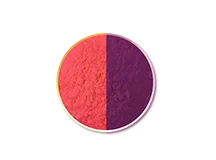
red-purple uvrp-19
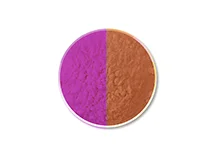
purple-orange uvpo-11
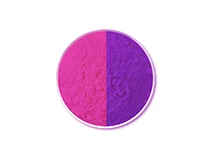
pink-purple uvpp-14
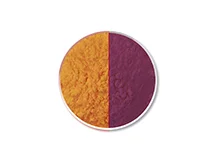
orange-purple uvop-16
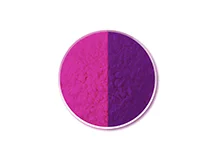
magenta-purple uvmp-12
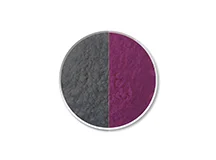
grey-purple uvgp-13
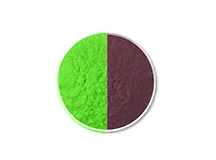
green-coffee uvgc-01
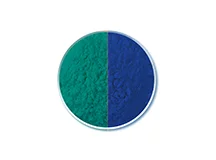
green-blue uvgb-18
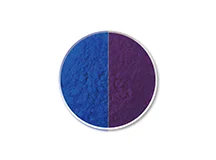
blue-purple uvbp-15
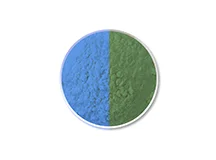
blue-green uvbg-04
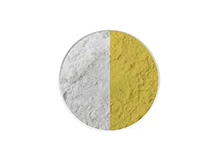
yellow vy-01
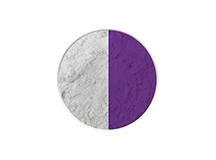
violet vv-12
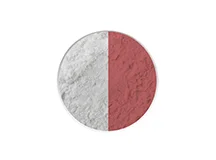
vermilion vv-14
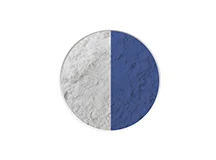
sky-blue vsb-17
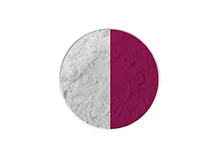
red vr-15
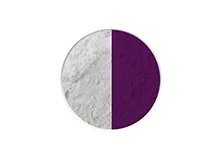
purple vp-19
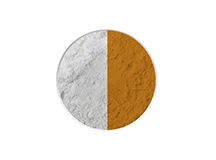
orange vo-18
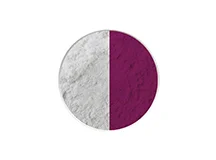
magenta vm-16
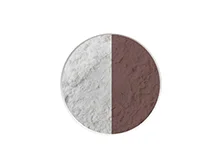
grey vg-10
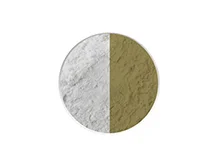
gree vg-04
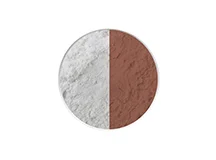
coffee vc-11
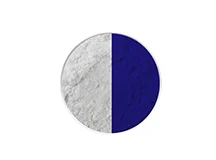
blue vb-13
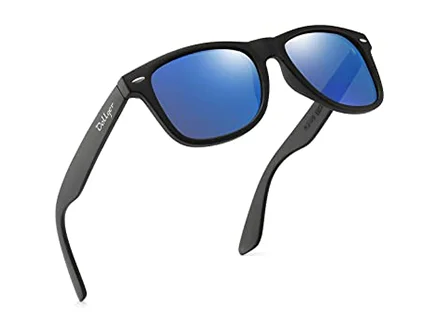
Eyewear

Protective Gear
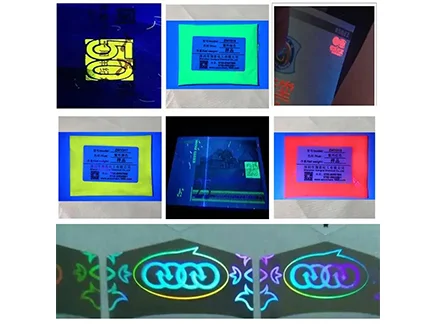
Security Printing
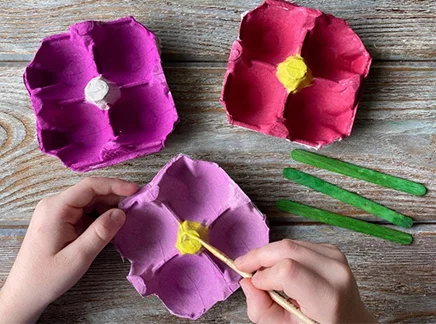
Art and Crafts
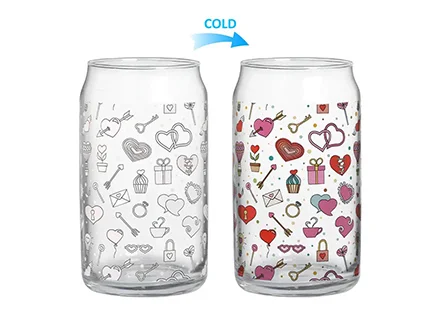
Packaging
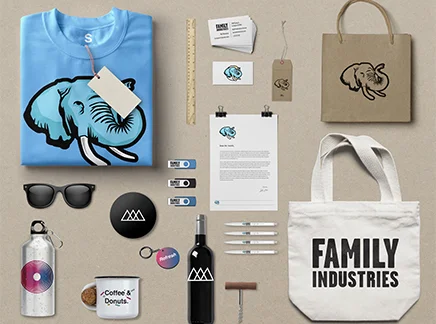
Promotional Items
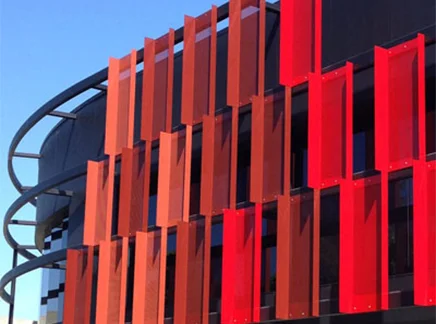
Architectural Applications
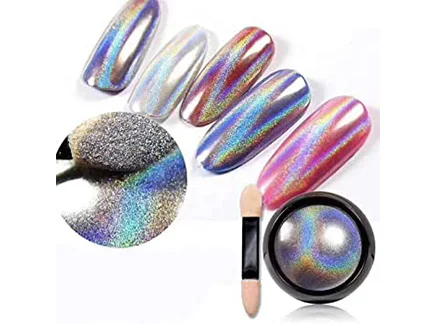
Nail Polish and Cosmetics
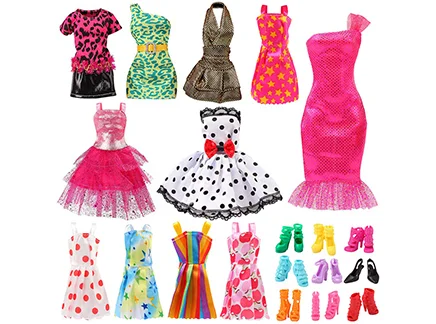
Fashion and Accessories
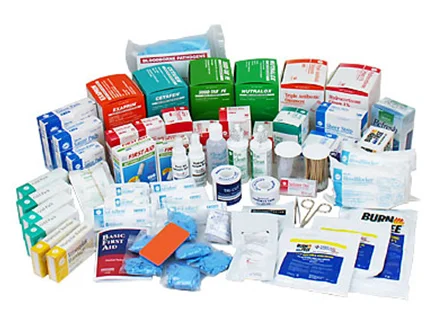
Health and Safety Equipment
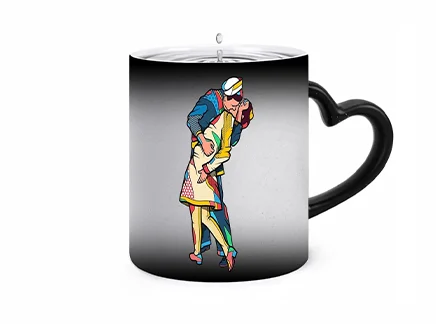
Entertainment and Novelty Items

Outdoor Signage and Advertising

Educational Materials
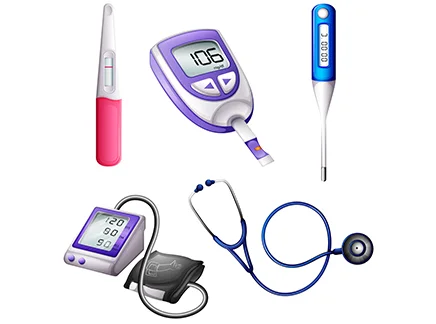
Medical Devices
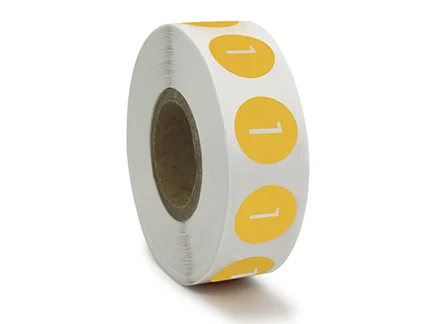
UV Dosimetry
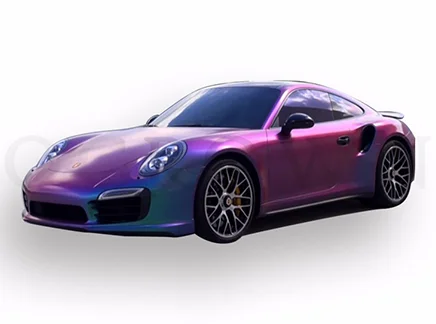
Automotive Applications
Basic color
Red, Yellow, Blue, Purple, Skyblue, Green, Gray, Orange,ect.(Color can be customized)
One color to another color
Yellow to Red, Yellow to Orange, Yellow to Purple, Yellow to Green, Blue to Purple,ect.(Color can be customized)
Particle size
1 - 10 μm
Heat resistance
220 degrees Celsius
Feature
Non-toxic, non-radioactive, non-magnetic, environmental friendly, organic pigment, can be used repeatedly, with color fast and so on.
Usage
Injection molding,Ink, Paint.(Powdered water oil universal)
Powder
Ink
Paint
Suitable for injection molding materials PP, PVC,ABS, PS, PU, TPU, TPR, EVA, PMMA, Silica gel, VinyI, etc.
Silk screen, pad printing, transfer printing, gravure printing, offset printing, roller coating, spraying, etc.
(paper\ cloth\ metalglass\ ceramic\ plastic, etc.).
Resin, paper, leather, wood, floor, wall, hardware, glass, ceramic, plastic, cloth, etc.
Attention
This pigment does not react to temperature or room light, only to UV exposure. The color will change after exposure to ultraviolet light for 1 second, and the color before the change will be slowly restored after 20-60 seconds. Some colors have slightly different recovery times. The color of underneath material can't choose too deep, generally choose transparent changing effect is best. Photosensitive variable powder is harmless to human body, comply with SGS, such as the European toys EN71 certification toys and food packaging safety standards. Outdoor product is unavailable. Do not mix with strong acid and alkali products
Description: How about your photosensitive powder quality and prices? Why is there price difference?
Answer: Photosensitive powder of different quality is sold at different prices, ranging from 172 to 258/kgs. Quality photosensitive powder has better printing effect, which is totally different from poor one. KingChroma photosensitive powder has microcapsule characteristics such as good resistance to high temperature and oxidation, and thus can meet the needs of customers.
It absorbs ultraviolet light of appropriate wavelength to change color. In the absence of ultraviolet light of appropriate wavelength, the powder will return to the original color (from the colorless to color status). Products containing photochromic powder are mostly for color changes indoors (without ultraviolet light) and outdoors (with ultraviolet light).
Photochromic powder is suitable for the injection and extrusion of water-based inks, coatings, oil-based inks, coatings, and plastics. Photochromic powder is suitable for: injection and extrusion of oil-based inks, water-based inks, coatings, and plastics. Photochromic masterbatch is not suitable for the injection and extrusion of oil-based inks, coatings and water-based inks. It is suitable for the injection and extrusion of plastics.
Photochromic powder is usually added into cosmetics according to the prescribed proportion. It will not cause too much irritation to the skin in case of no quality problems. That is, an appropriate amount of photochromic powder is not harmful to the skin. However, excess photochromic powder may cause redness and burning sensation on the skin.
The proportion of photochromic powder in pressed powder, lipstick, eye shadow, nail polish and aerosol hair spray are 3% under normal circumstances. If cosmetics containing pearl powder is used, it is recommended to clean the skin and take moisturizing measures in time every day, to avoid harm to the skin.
The cumulative time of exposure to sunlight or ultraviolet radiation is 8h. Photochromic powder deteriorates in the sunlight. It should be kept in a cool, dry, and completely dark place. The majority of color change pigments change little in performance after 5-year storage.
Yes, photochromic powder will change in the molecular structure when it is exposed to sunlight/ultraviolet light, resulting in color effects. In the absence of sunlight/ultraviolet light, it will return to the original molecular structure, without any color.
Photochromic powder can be mixed with each other or used together with oil soluble dyes, pigments, and fluorescent dyes to produce various effects. Dyes vary in color change rates. If photochromic powder is mixed, color change will vary over time.
Photochromic powder has the photochromic effect of typical organic systems, accompanied by reversible oxidation-reduction reaction. In the light of appropriate wavelength and intensity, the molecular structure of photochromic powder will change, and the light absorption peak (i.e. color) will change accordingly. In addition, such change is generally reversible.
Description: Improper operation of photochromic powder in the process of use will cause color differences, how can we avoid these problems?
Answer: 1, should avoid photochromic powder processing above 280 degrees Celsius.
2, should avoid photochromic powder and ultraviolet absorber used at the same time.
3, photochromic powder is highly sensitive to polarity, adding different additives or using different substrates may cause color differences.
4, Storage: Photochromic powder should be sealed and stored in a closed, dry, dark place, avoid direct sunlight.
5, toxicity and safety: photochromic powder is non-irritating to the skin, safe and error-free handling and operation, and does not contain harmful substances to the human body, composite safety toys and food packaging specifications benchmark.
Description: Photosensitive pigment powder is sold at variable prices in the market, but with similar powder. Why are some particularly expensive and others relatively low? There is also a significant difference in quality, some are good and some are bad. What are the differences specifically?
Answer: Quality photosensitive pigment powder has better printing result. It is completely different from poor one. Different country and manufacturer will also lead to a big difference in quality. Kingchroma is an advanced color-changing powder manufacturer. It is also an agent for well-known foreign manufacturers of such powder. Our powder has microcapsule characteristics such as good resistance to high temperature and oxidation.
In case of no fatigue, the color change of photochromic powder is reversible. Photochromic powder can return to its original color in the absence of sunlight/ultraviolet light.
The proportion of photochromic powder is 6% to 20% under normal circumstances.
Coatings: surface coatings, including PMMA paint, ABS paint, PVC paint, water-based paint, etc.
Inks: The recommended proportion of photochromic powder is 15% to 30%. Photochromic powder is suitable for printing on various materials, including fabrics, paper, synthetic films, glass, etc.
Plastic injection: suitable for injection, extrusion, and molding of ABS/PE/PP/PVC/PU/EVA/silicone/rubber. Products include photochromic bracelets, yarns, shoes, etc.
Precautions for the use of photochromic powder:
Photochromic powder is resistant to the high temperature of 220°C. It must not be used above this temperature value.
Precautions for the use of photochromic powder:
Photochromic powder, also known as UV powder or photosensitive powder, uses the energy of UVA to open photosensitive molecular bonds, leading to a change from the low energy level to high energy level. That is, invisible light changes to visible light, resulting in a change in color. When ultraviolet radiation is disabled or the temperature exceeds 45℃, photosensitive molecular bonds will be closed to restore the original color. That is, the powder changes from the colorless to color status in the sunlight or ultraviolet radiation. In the absence of sunlight or ultraviolet radiation, it will return to the original color.
Photochromism and photochromic compounds In 1867, Fritsche discovered that yellow tetracene faded under the influence of light in air and regenerated upon heating. In 1876,
We are Ready to Support Your Photochromic Pigment Projects
Kingchroma industrial park, Minqing Raod, Longhua Street, Longhua District, Shenzhen City, Guangdong Province, China